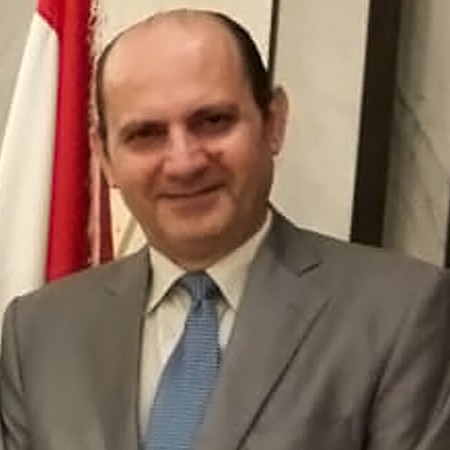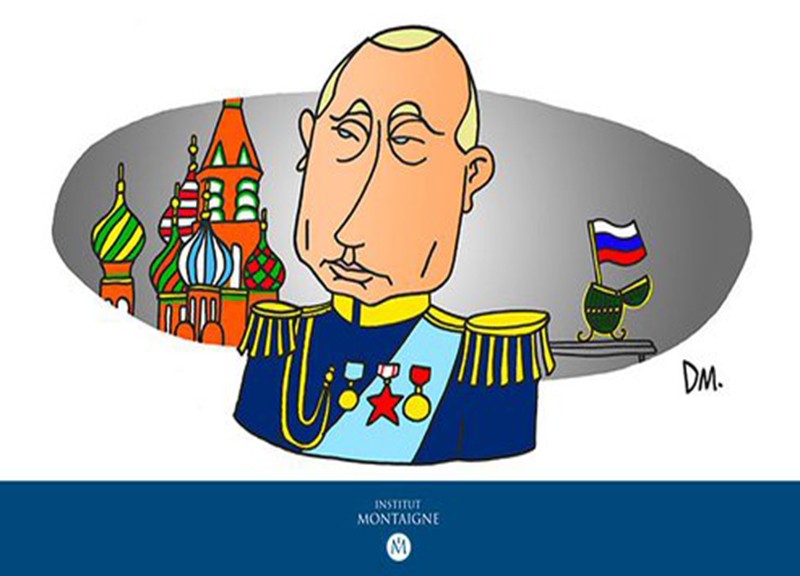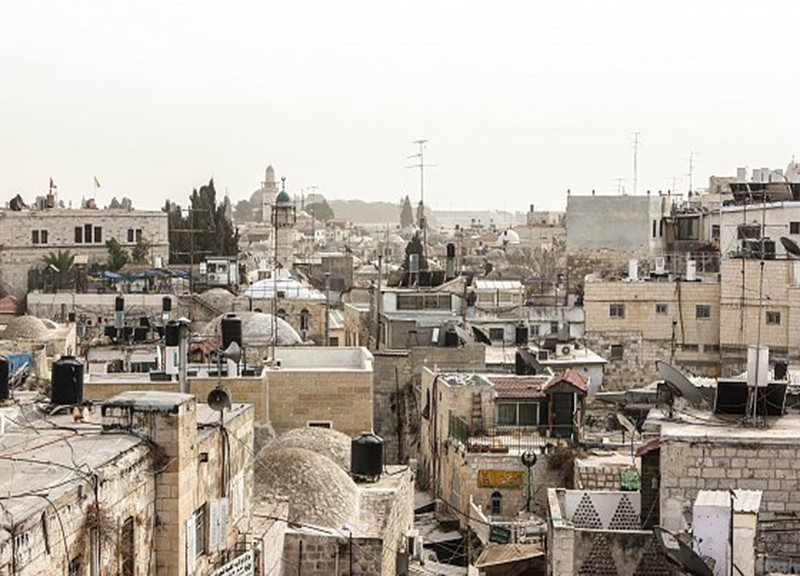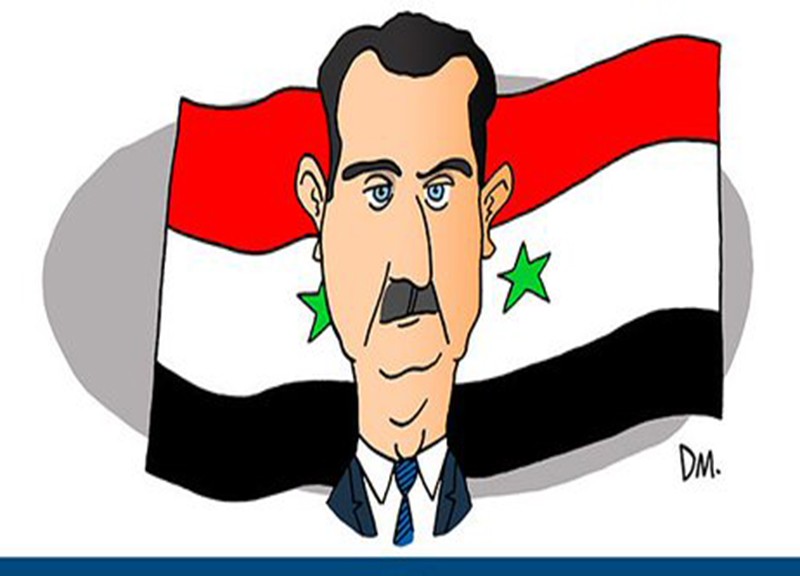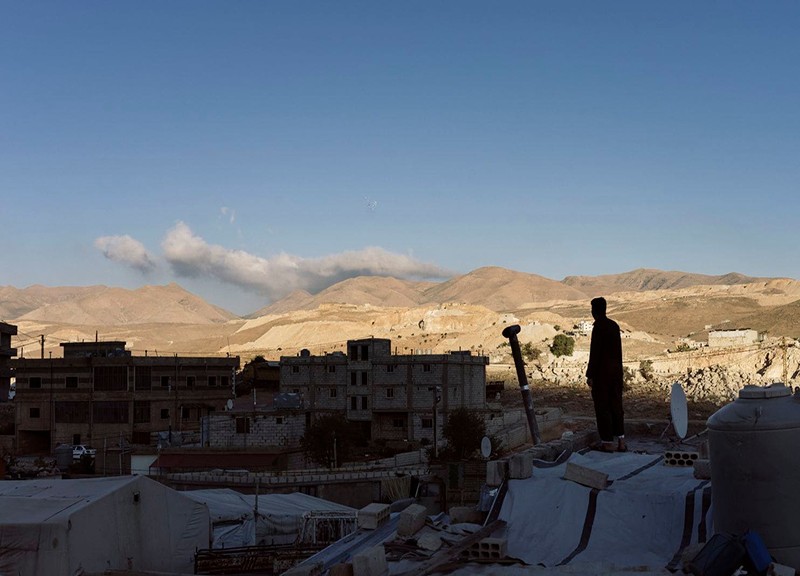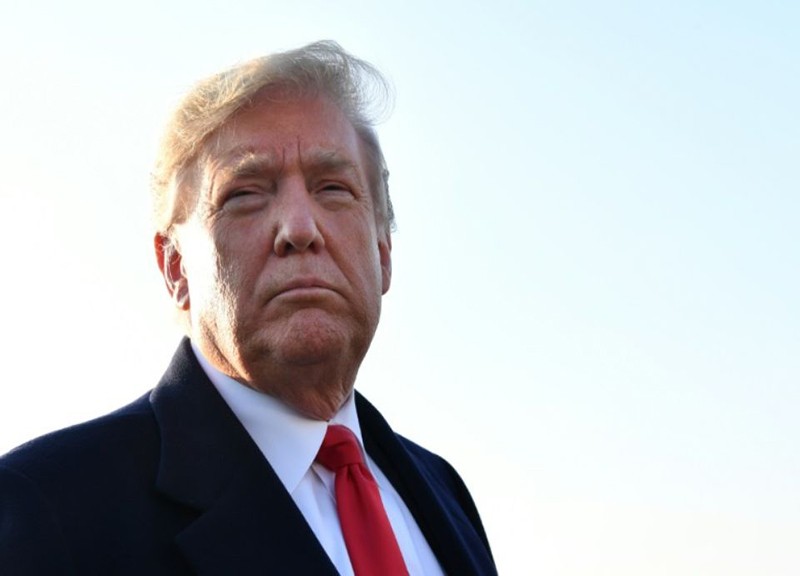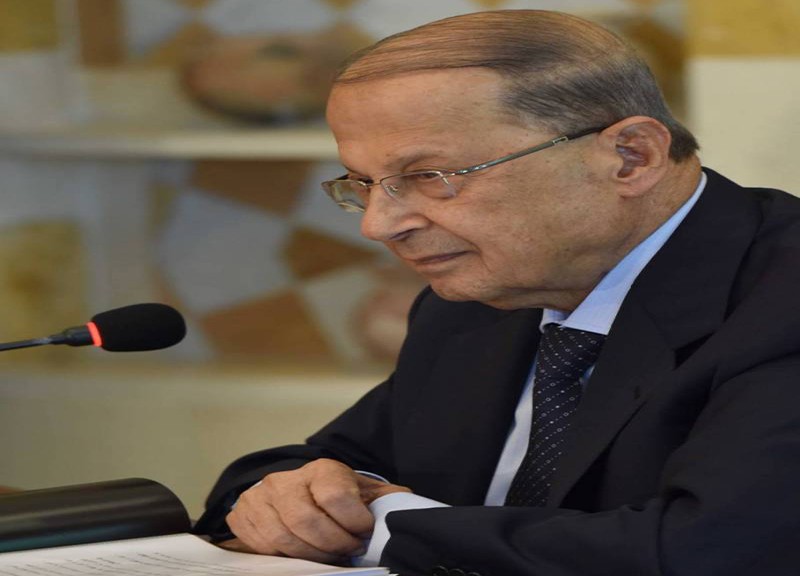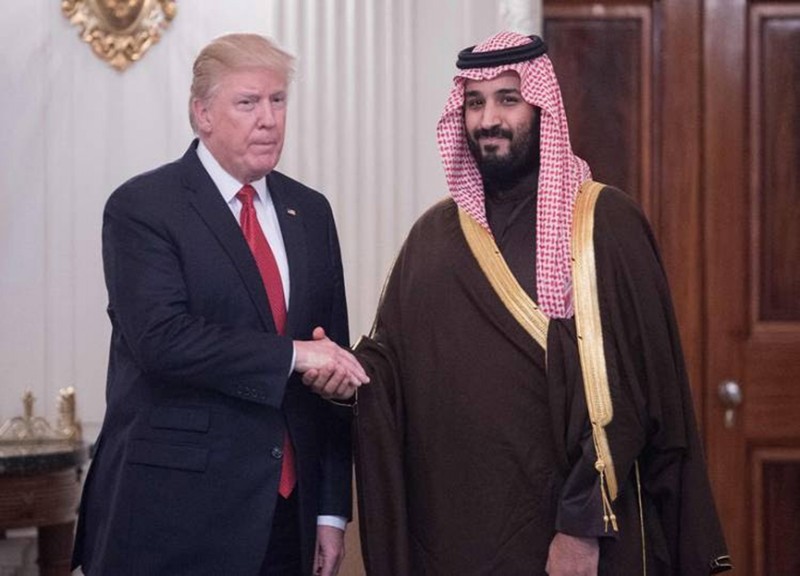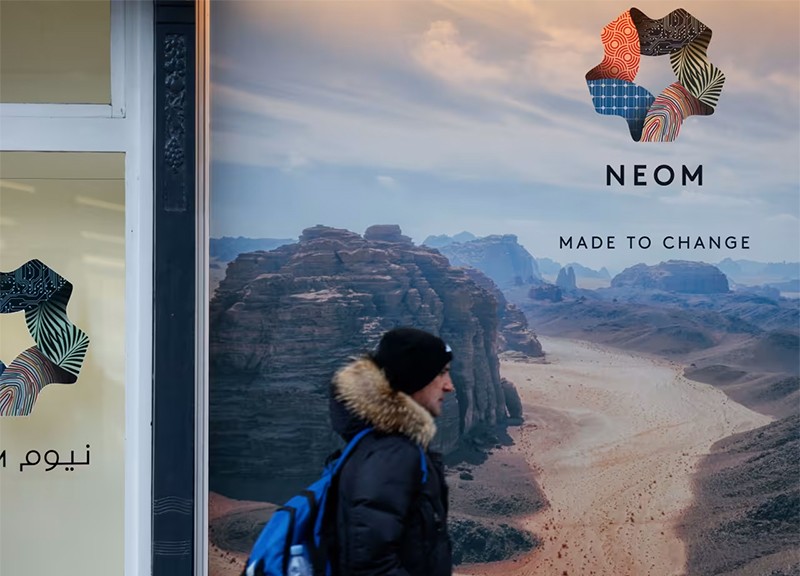
To fully realize its ambitious plans, the kingdom would need to spend far more than the $1 trillion in its wealth fund
By Eliot Brown, WSJ
The giant futuristic planned city of Neom is proving a headache for Saudi Arabia. Costs are up, schedules are delayed and in recent days the world’s largest construction project replaced its chief executive of six years.
Looming in the background: The world’s biggest oil exporter is strapped for cash. Despite deep pockets, Saudi Arabia can’t afford the laundry list of glitzy megaprojects and economic initiatives tied to Vision 2030, Crown Prince Mohammed bin Salman’s plan to pivot away from oil.
The board of Neom didn’t provide a reason why it abruptly replaced CEO Nadhmi al-Nasr this past the weekend. But former employees said Nasr often clashed with Neom’s owner and funder, the Public Investment Fund, over swelling budgets. Billions of dollars have been spent preparing the desert sands for the remote megalopolis.
Representatives of the Public Investment Fund and Neom didn’t respond to a request for comment.
Critics inside Neom say money has been wasted on unnecessary groundworks. At the Line—a pair of horizontal skyscrapers to run longer than the distance from New York to Philadelphia—contractors dug out 60 miles of sand, though the first phase of the project was to run only 10 miles, later downsized to 1.5 miles.
Other projects around the kingdom are poised for a similar dynamic, with builders facing massive funding needs as they transition from low-cost early work to building. The spending list has grown. In the past 12 months, Saudi Arabia has announced a $100 billion initiative for advanced electronics, has designs on investing in artificial intelligence and—tied to a bid to host the World Cup—has promised to build 11 futuristic stadiums, including one atop a skyscraper at Neom.
The price tag of all the plans runs into the trillions of dollars if fully built, far more than the country’s $1 trillion wealth fund—which includes investments that would be difficult to sell—has at its disposal.
While the kingdom has enough revenue for everyday services and kept debt levels moderate, prices of Brent crude are sagging at $72 a barrel, far below the $96 the International Monetary Fund estimates Saudi Arabia needs to balance its budget. The Saudi Ministry of Finance recently projected budget deficits years into the future, scrapping prior forecasts for surpluses.
Saudi officials have said that the private sector would shoulder the costs of its overhaul. But foreign direct investment was just $26 billion last year and shows no signs of hitting the kingdom’s 2030 target of $100 billion a year. Investors have said they are put off by the complexity of projects like Neom, and wary of legal structures in Saudi Arabia, which the government recently changed to appeal more to Western investors.
The country still has more than $400 billion in currency reserves to keep the Saudi riyal tied to the dollar. But the reserves have shrunk in recent years and dropped by more than 7% between August and October.
Karen Young, a nonresident senior fellow at the Washington-based Middle East Institute, said there is a realization in the Saudi government that the announced projects won’t be built in full. From the beginning, she said, officials were clear that completing half of what they set out to do would be a success.
“We’re now at that point where you start cutting,” she said, a move she believes won’t prove controversial with a public accustomed to quick swings in policy.
Mohammed al-Jadaan, the finance minister, told a podcast earlier this year the government studied all its proposals and found a “gap” where demands for money were greater than what would be available. Since then, unannounced projects were canceled and others scaled back, he said.
Still, they haven’t disclosed many cuts publicly. The IMF said making changes public “will be important t
o help provide clarity on government priorities to investors and the public.” On an October investor call, the Danish freight company DSV said the start of significant work on a $10 billion planned logistics venture with Neom would be delayed longer than expected, but couldn’t tell investors exactly for how long.
“We will see,” said CEO Jens Lund. “I’m sure that they want to complete or reach the milestones that they have set out. Otherwise, they will announce something.”
The next steps for Neom under its new leader—an executive from the Public Investment Fund—are unclear. Work is under way on early building foundation on another part of the Line, where contractors have dug a 150-foot hole and are installing thousands of concrete columns farther into the ground. A major boost in spending, though, only starts in the next phase: building up




